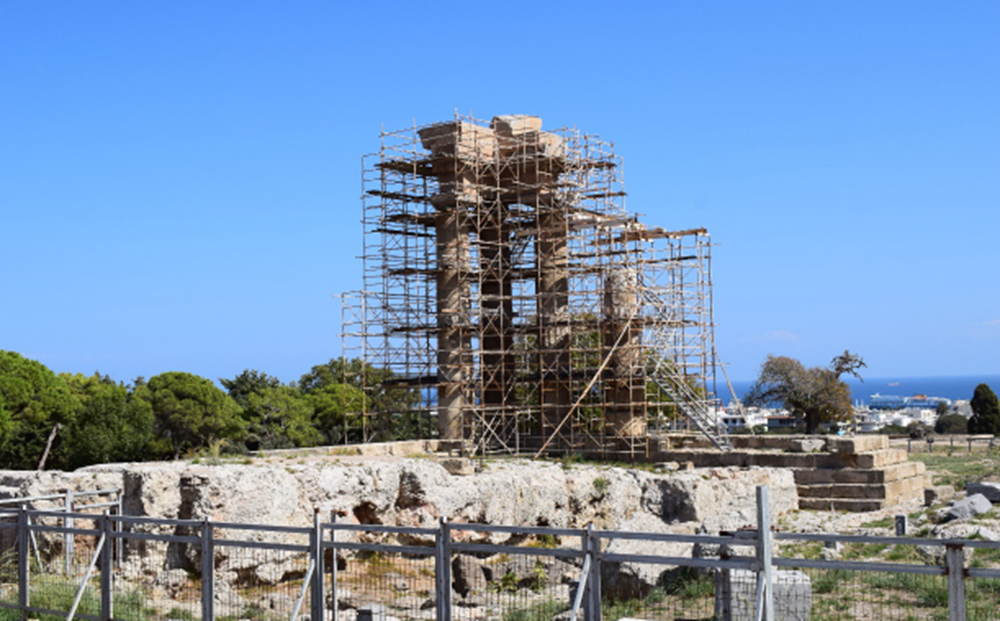
The restoration of the Temple of Pythian Apollo in the ancient acropolis of Rhodes (Monte Smith) is currently underway by the competent Directorate of Restoration of Ancient Monuments of the Ministry of Culture.
The project aims to restore and reinforce the monument, as well as to protect and preserve it from deterioration due to intense erosion and adverse climatic conditions. After the monument has been dismantled and the fallen and dismantled members have been recorded in detail, the original ancient structural members are separated and preserved, while the remaining structural members of the modern restorations are removed. As part of the interventions, the possibility of reintegrating members into the monument in their correct position is also being explored, correcting errors made in previous restorations in the 1930s and 1960s.
The Minister of Culture, Lina Mendoni, stated: “The Sanctuary of Pythian Apollo was part of the complex of sacred and public buildings on the acropolis of Rhodes. The original phase of the monument dates back to the end of the 4th or beginning of the 3rd century BC. The monument was rebuilt twice in antiquity – after the earthquake of 226 BC and after a fire at the end of the 1st century BC. Its current form is due to the restoration carried out by the Italians, under Mario Paolini, in 1937-1938. These interventions revealed, indicatively, the dimensions and, in part, the monumentality of the temple building. The current restoration corrects previous errors, protects the sensitive material of the building, preserves authentic parts of the carved rock, unique in Greece, and improves the visitor’s perception of the monument. The completion of the project will showcase not only the archaeological site but also the architecture and visibility of the monument in the best possible way, increasing its popularity with visitors. With the planned interventions, the Temple of Pythian Apollo will regain its prominent place in the historical narrative of the Acropolis of Rhodes.”
The temple is located within the acropolis of Rhodes. The location of the monument was already known before the Italian occupation, but extensive excavations were carried out for the first time in the mid-1920s, when the temple was fully uncovered. At that time, most of the archaeological site was excavated, bringing to light the Odeon, the Stadium, and the temple of Artemis. The temple of Apollo is believed to have had a prominent position in the ancient city, on the eastern slope of the hill of Agios Stefanos, also known as Mount Smith. According to the excavation data, it was the largest temple in the ancient city, surpassing in size the temples of Zeus Polieus and Athena Polias located further north, as well as the adjacent temple of Artemis. The temple, along with almost all of the monuments of the acropolis, was probably preserved until the early Christian period. Since then, it is believed to have suffered damage from natural disasters and raids or to have been quarried, like most monuments of antiquity.
During World War II, the monument suffered significant damage, as machine gun nests had been installed on the site. The work to fill in and repair the damage was carried out by the Archaeological Service between 1959 and 1960.

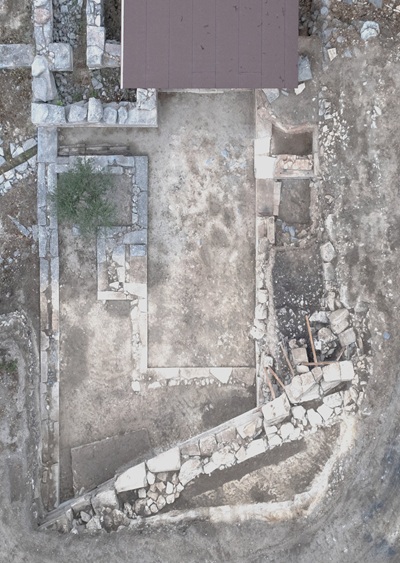
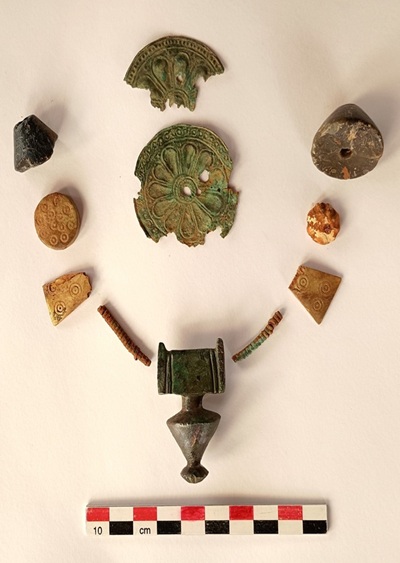
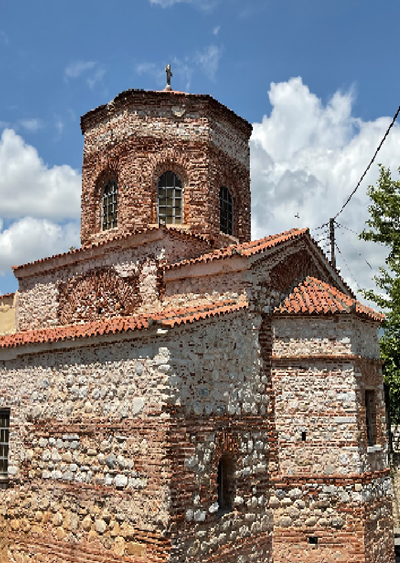
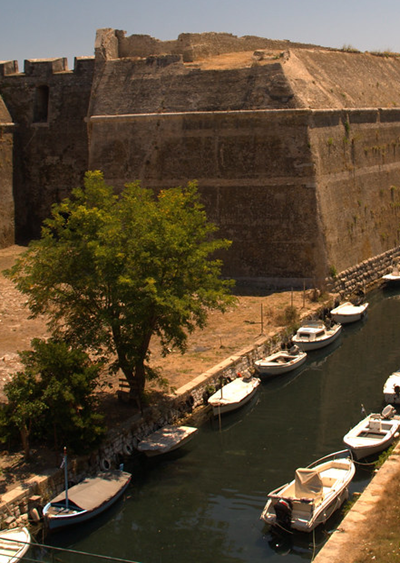


Leave A Comment